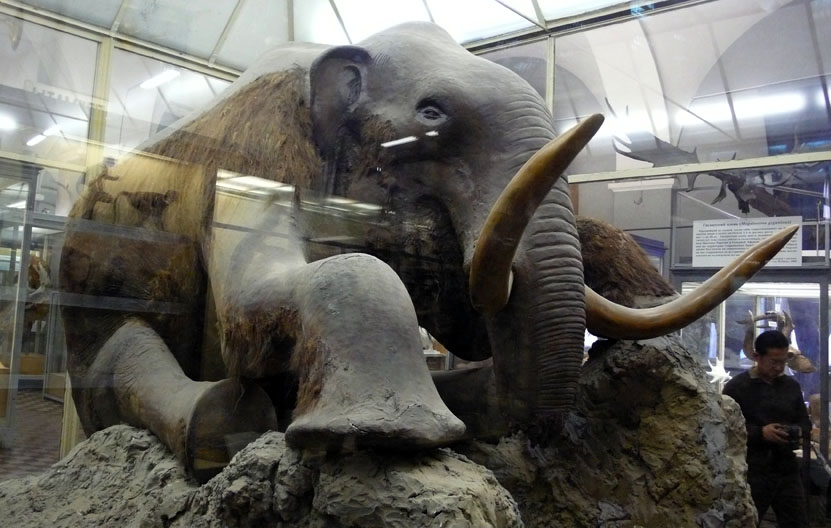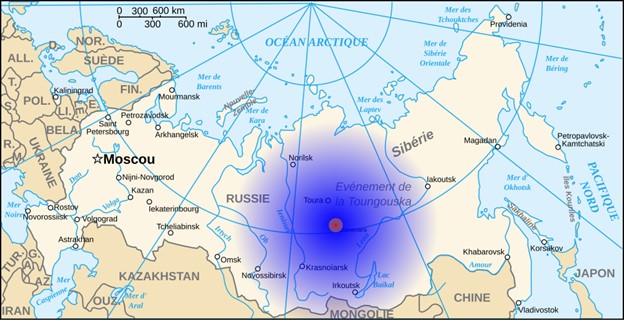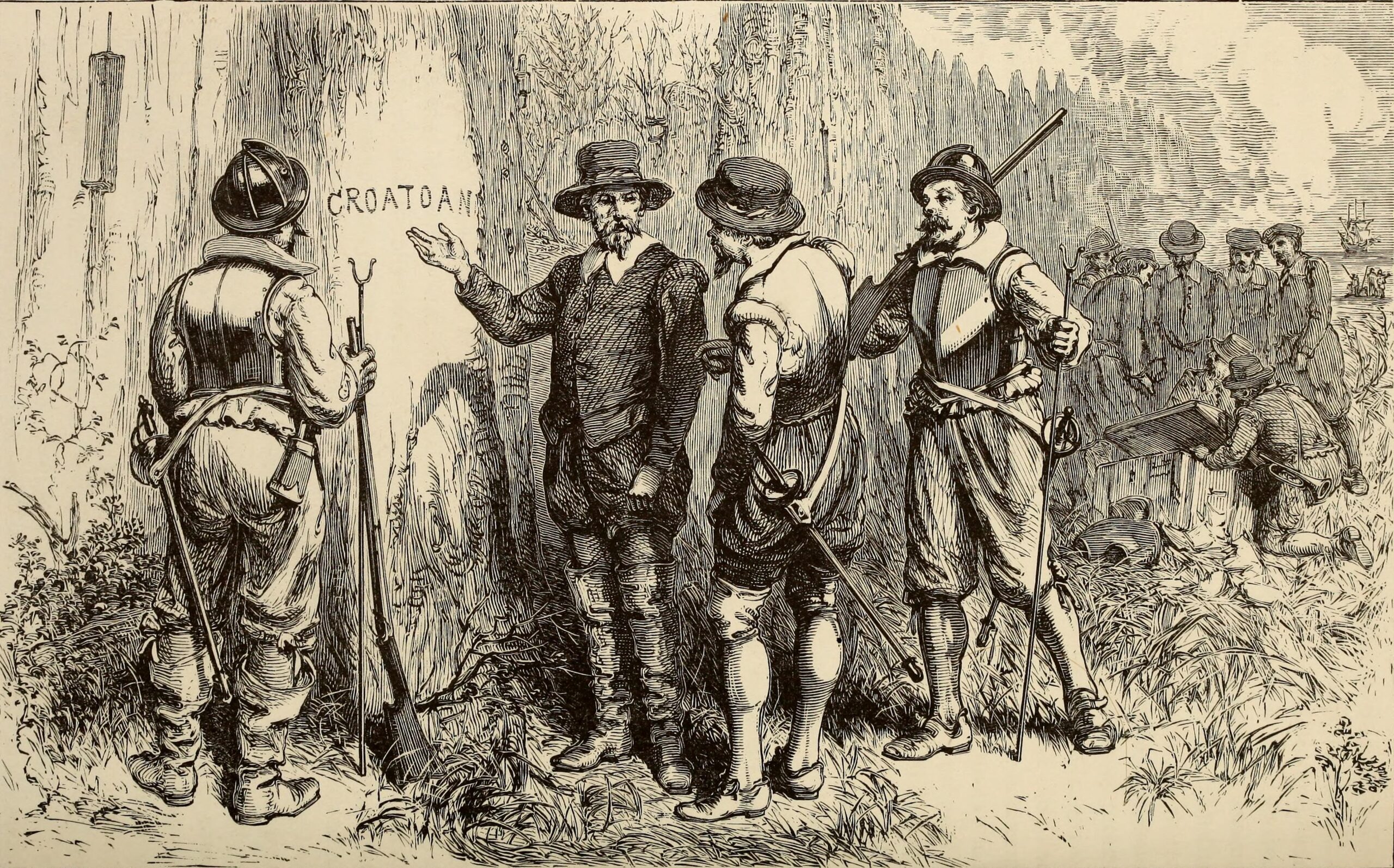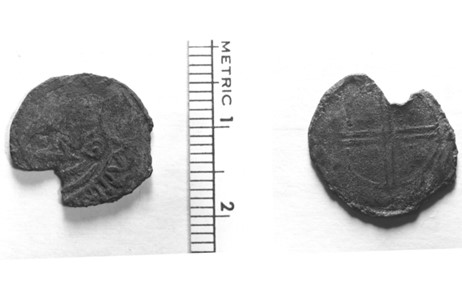
In Brooklin, Maine, at the Goddard archaeological site, the Maine Penny surfaced in 1957 AD when amateur archaeologist Guy Mellgren unearthed a small silver coin amid a Native American settlement’s remains. Identified in 1978 AD as a Norse artifact from the reign of Olaf Kyrre, King of Norway between 1067 and 1093 AD, this penny stunned experts with its unexpected location. Since its discovery at Naskeag Point on Penobscot Bay, the Maine Penny has sparked debate about its origins, with no other Viking items found alongside it. Today, housed at the Maine State Museum, it stands as a rare piece of history, inviting questions about Norse contact with North America centuries before Columbus.
The Maine Penny’s Unearthing at Goddard
On August 18, 1957 AD, Mellgren and his friend Ed Runge dug into the Goddard site, a coastal midden rich with Native American artifacts, uncovering over 30,000 items across years, per Maine State Museum records. Among these, the Maine Penny emerged, a corroded silver coin less than an inch wide, initially mistaken for a 12th-century English piece by Mellgren’s numismatist friend. For decades, it sat quietly in his collection until 1974 AD, when it joined the museum’s holdings. Over time, a London coin dealer spotted its photo in a 1978 AD Maine Archaeological Society bulletin, recognizing its Norse roots, later confirmed by Oslo University’s Kolbjørn Skaare. Consequently, this find turned a local dig into a global curiosity.
A Coin from Norway’s Past
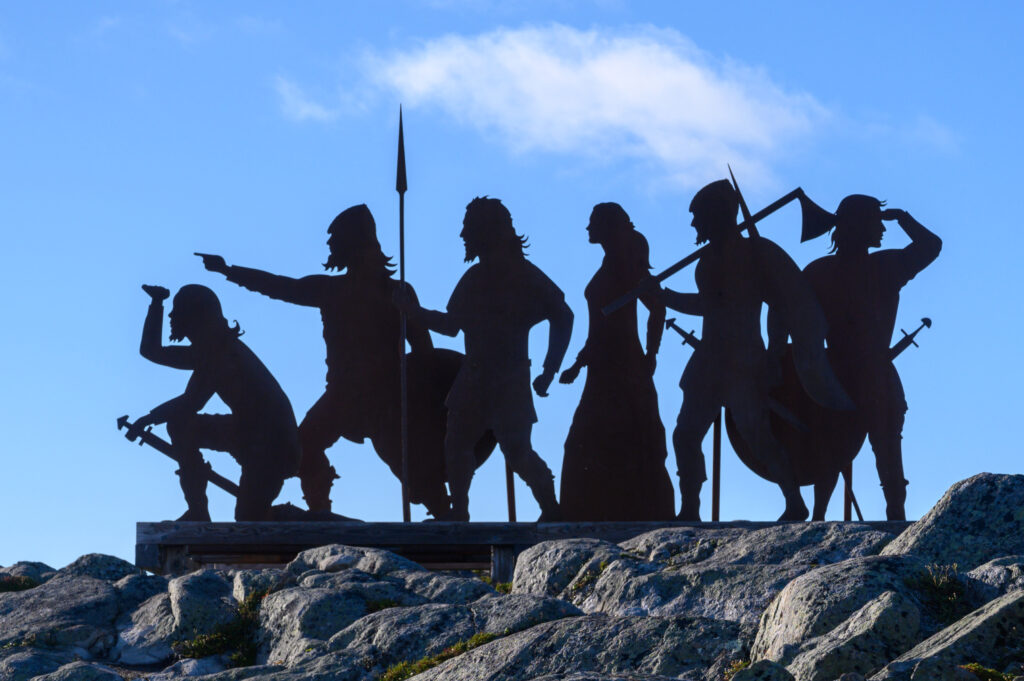
Minted between 1067 and 1093 AD during Olaf Kyrre’s reign, the Maine Penny circulated widely through the 12th and 13th centuries AD, per Skaare’s analysis at Oslo University. Around that time, between 1180 and 1235 AD, the Goddard site thrived as a Native American trade hub, per archaeological dating from the Maine State Museum. Unlike typical Viking finds, this coin bore a perforation, suggesting use as a pendant before corrosion claimed that edge, as noted in museum records. Meanwhile, its silver composition matches Norse craftsmanship from Norway’s medieval era. For now, its authenticity stands firm, but its journey to Maine remains a puzzle.
Tracing Its Path to Maine

Since 1978 AD, the Maine Penny has fueled theories about its arrival at Goddard, a site with no other Norse traces, per East Carolina University digs in the 1970s AD. Some speculate Vikings dropped it during coastal travels beyond their known Newfoundland settlement at L’Anse aux Meadows, dated to around 1000 AD by Helge Ingstad’s 1960 AD find. Others, like Maine State Museum curator Bruce Bourque, favor Native trade networks carrying it south from Norse outposts, supported by the site’s Dorset Eskimo burin and arrowheads from distant regions. Could it have been a cherished trade item? Alternatively, skeptics suggest a hoax, though Mellgren’s quiet decades with it argue otherwise. Thus, its path stays debated.
A Tiny Clue’s Lasting Echo
Now at the Maine State Museum, Maine Penny draws visitors as the only widely accepted pre-Columbian Norse artifact found in the United States, per museum statements. Beyond its small size, it hints at early connections across the Atlantic, though 2023 AD studies by the museum offer no new finds to settle the debate. Since its Norse identity broke in 1978 AD headlines, it has inspired books and talks on Viking reach. Ultimately, this coin endures as a quiet challenge to unravel North America’s ancient past.


